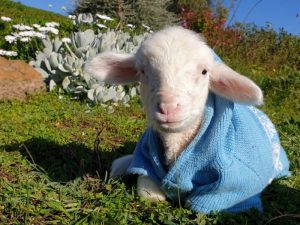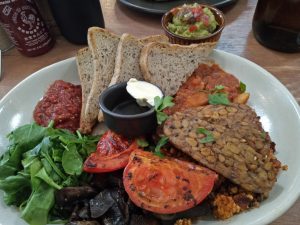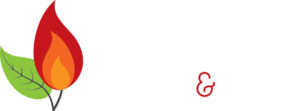Recently, my husband and I stopped in briefly at a local coffee shop during our daily walk. As I waited for my coffee outside, a pigeon flew into the window of the shop. Now, the window looked as if it was transparent without any visible barriers so I can understand how the bird became disorientated. The poor thing hit the glass pane with a thud and landed on the ground. The bird was still alive, thankfully.
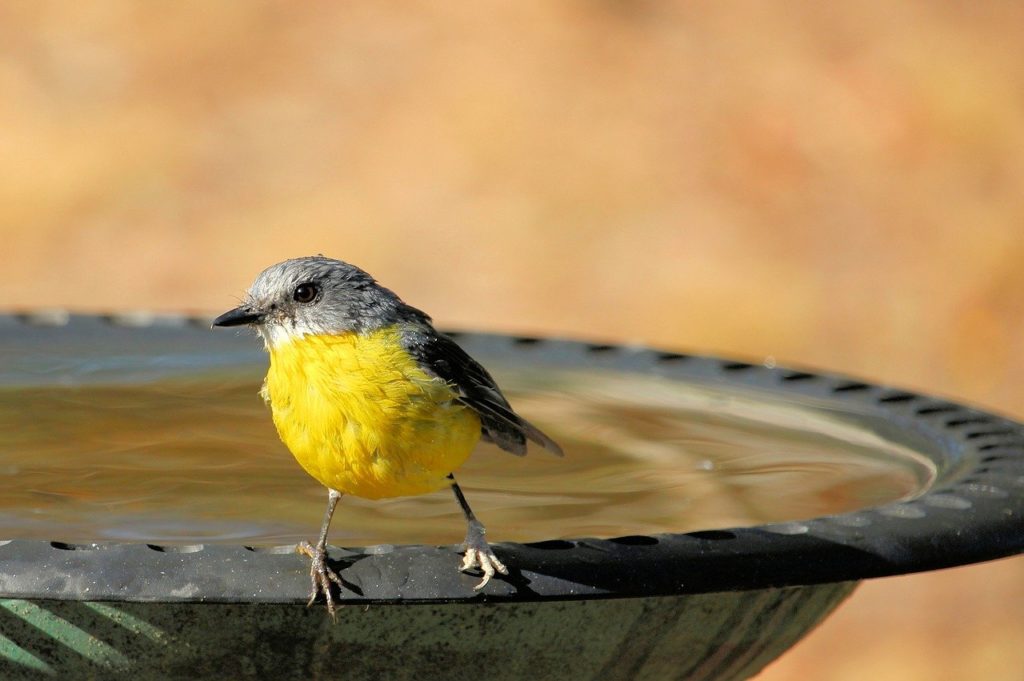
What happened next was a little heartbreaking…
It was a gloriously sunny day which meant many people were out and about getting their exercise. Some people stopped at the coffee shop and waited for their coffee, too, while chatting away. As the bird flew into the window and fell to the ground, people who were standing around stopped and gasped. They then watched the bird shuffle its way to a safe part of the ground away from towering people and heavy feet. Then, people resumed their conversation or grabbed their coffees and left.
The first rule is to help, but how?
When I studied psychology at university, I remember lectures about social psychology and helping behaviour. One theory – the social exchange theory – suggests that people will help in an emergency as much as they can with as little loss to themselves. People will weigh up factors such as danger, time and the amount of helpers nearby. As a result, people will stand by as a bystander and will help if they feel there are not enough people pitching in. People will often assess whether the emergency is – in their view – an emergency at all.
When it comes to humans helping humans, people will assume responsibility to help if they have the time, resources and a sense of responsibility. When it comes to humans helping non-humans, it seems these factors become rather murky. I noticed this once the bird at my local coffee shop flew into the window pane. The only people who rushed in to help were my husband and I.
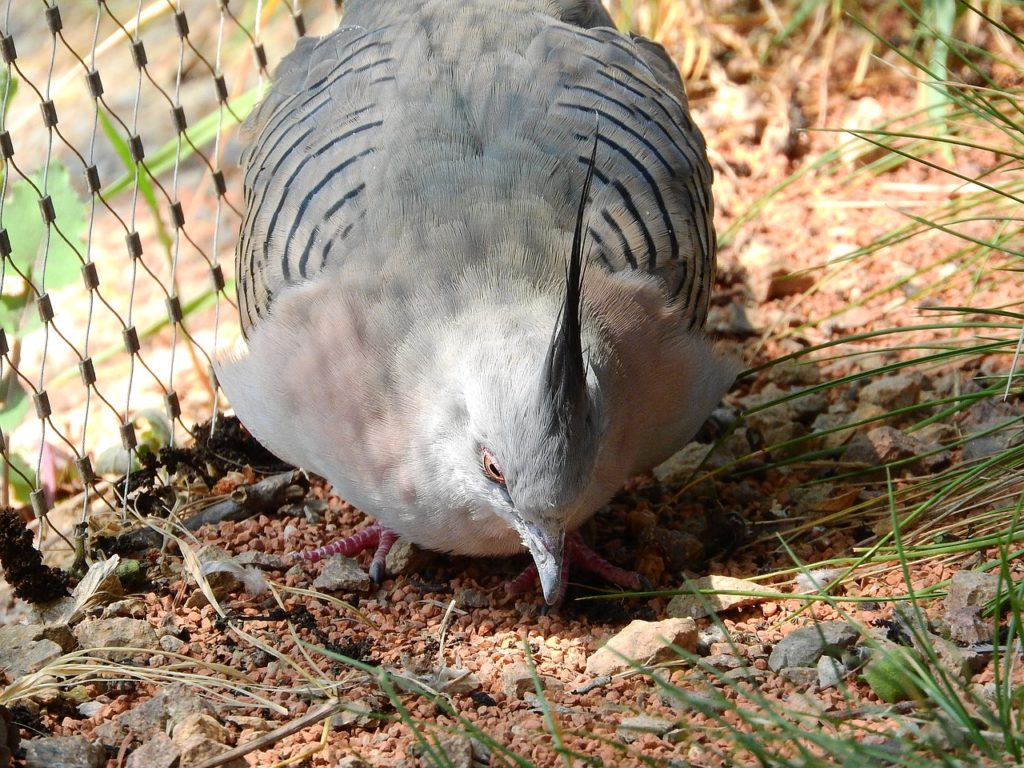
If a human is vegan, will they help an animal more? Or, does it depend on the type of animal?
Because we were out on a walk, my husband and I were short on supplies. We didn’t have a well-ventilated box, we didn’t have a blanket or pillow and we certainly didn’t have any experience in bird rescue. However, the bird was conscious and moving gingerly around which suggested to us that the bird was alive but clearly injured in some way. Therefore, common sense prevailed here.
My husband scooped the bird up carefully and held it to his chest. I sensed that the bird found some comfort here; we were there to help and not threaten. Some people watched us as we sprang into action so I guess they resumed the role of the bystander. Though, I wondered whether more people would’ve rushed in to help if a small dog suddenly became injured. Does familiarity play a part here? Do people value different animals’ lives in a hierarchy? Or, are some humans just scared of animals?

What was the next logical step to take?
My husband and I really didn’t know what to do, but we did know a local vet was about a 10-minute walk away. I rang the vet and asked if they could take a native bird in for assessment. They said they could (phew!) and they would alert a local bird rescue for extensive rehabilitation if needed. So, we packed up our things and chose a route that would be the least noisy and stressful for the bird.
We reached the veterinary clinic and handed the bird over in their care. We gave them a description of where the bird was injured so that it could be released back into the wild in the same area if and when needed. Then, we were back on our way home with as sense of relief that the bird was in safe hands.
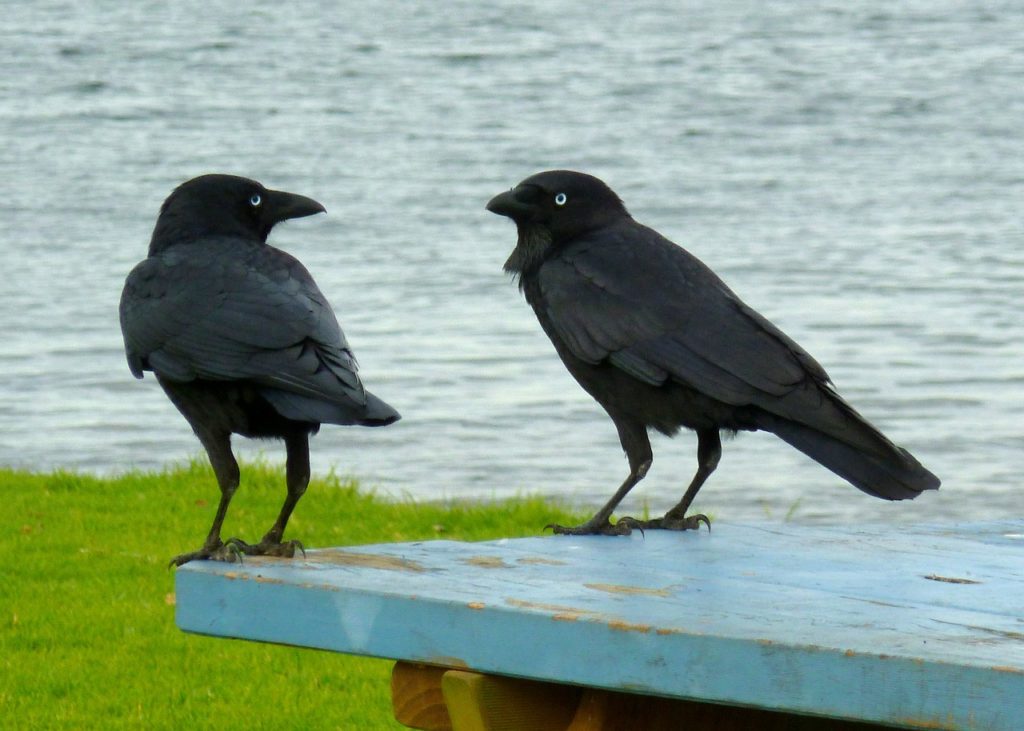
A couple of days later…
When we dropped the bird off at the veterinary clinic, I asked the vet nurse if I could call them in a couple of days to see how the bird faired. She said she was happy for me to.
So, a couple of days later, I called. The vet who was on duty remembered the bird and the incident but her response was not what I had hoped for. “The bird was euthanised,” she explained. Apparently, there was nothing that could be done because of the injuries the bird sustained. The vet told me that my husband and I did the right thing by bringing the bird to them. I couldn’t help but start to cry.
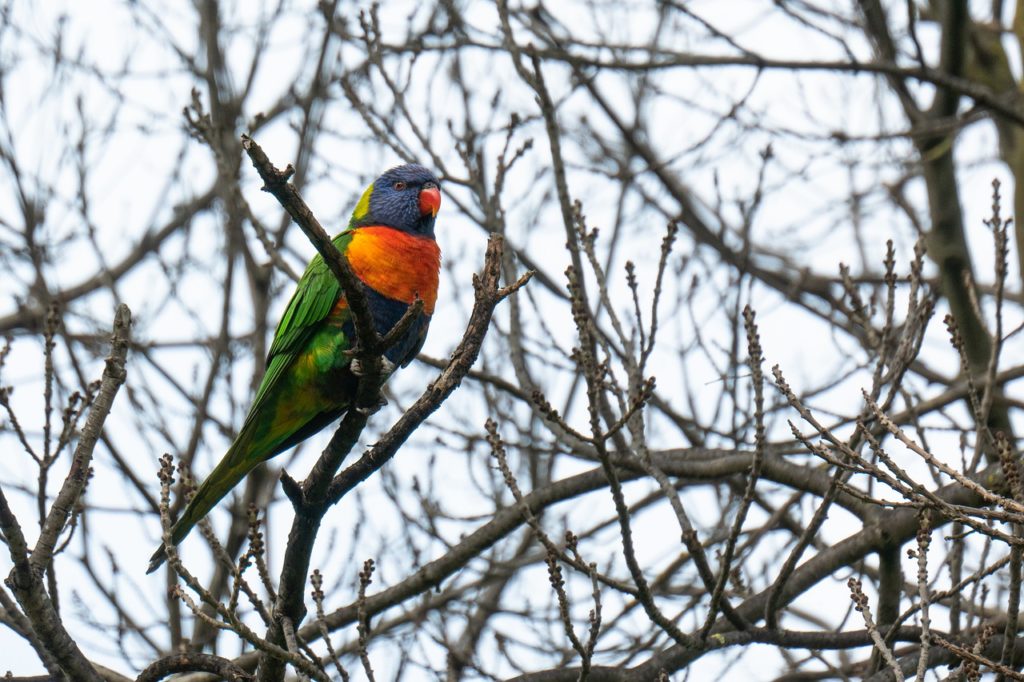
The lesson from all of this…
I truly believed my husband and I did the right thing and, as a result, I assumed there was going to be a happy ending. Whether there is a happy ending or not, you still should d do your best and help someone in need. Plus, it shouldn’t matter whether that someone is a human or non-human animal of any kind. When you travel the vegan road, your kindness unlocks the ability to help out if and when possible in order for the best outcome to occur.
The best outcome may not be the one you hope for, but the outcome could be much worse. In the case of the injured bird, its life could’ve fallen into the hands of a predator and the bird would’ve suffered a cruel and painful death rather than the peaceful death it was afforded given the circumstances.

